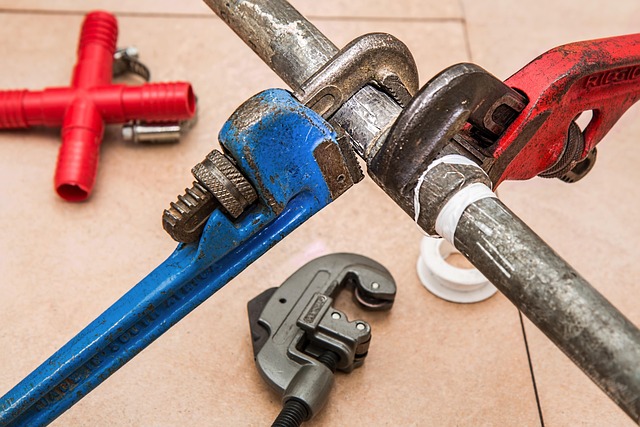Clear goals and a solid financial strategy are essential for effective home repair and maintenance. Defining objectives, whether fixing a leaky faucet or renovating a kitchen, guides decision-making. Differentiating between necessary repairs (e.g., roof fix, electrical updates) and desirable upgrades (e.g., kitchen appliances, bathroom remodeling) is critical. Crafting a financial plan that includes budgeting, funding options, and unexpected cost reserves prevents financial strain and ensures a smoother renovation process, making it a game-changer for home improvement.
Planning and managing home renovation projects can be an exciting yet daunting task. This comprehensive guide aims to equip homeowners with essential tools for successful repairs and transformations. From setting realistic goals and budgets to finding reliable contractors, we’ll navigate the process step by step. Learn how to create a priority list of projects, ensure effective communication, and achieve your dream home without the hassle. Discover expert tips on home repair and maintenance for a smooth and rewarding renovation journey.
- Setting Clear Goals and Budget for Home Repair and Maintenance
- – Identifying necessary vs. desirable repairs
- – Determining a realistic financial plan
Setting Clear Goals and Budget for Home Repair and Maintenance

Setting clear goals is a crucial step in effective home repair and maintenance planning. Define what you aim to achieve, whether it’s fixing that leaky faucet, renovating an outdated kitchen, or adding a fresh coat of paint throughout your home. Having specific objectives helps guide your decision-making process and ensures every task aligns with your vision.
Just as important is establishing a realistic budget. Home repair and maintenance can range from minor, one-time projects to extensive renovations. Assess your financial situation, consider potential costs, and set aside an appropriate amount for unexpected repairs or upgrades. A well-defined budget allows you to plan ahead, track expenses, and make informed choices without overspending.
– Identifying necessary vs. desirable repairs

When planning home renovation, one of the first steps is to differentiate between necessary repairs and desirable upgrades. Necessary repairs refer to issues that directly impact the home’s safety, structural integrity, or core functionality. These are critical areas like fixing a leaky roof, replacing faulty electrical wiring, or addressing foundation cracks. Addressing these promptly not only ensures the home remains safe but also prevents more severe damage down the line.
Desirable upgrades, on the other hand, are improvements that enhance the home’s aesthetics, comfort, or value. These could include upgrading kitchen appliances, remodeling bathrooms, or adding a new deck. While these upgrades significantly boost the property’s appeal and livability, they should be carefully planned and budgeted for, considering both cost-effectiveness and return on investment in terms of home repair and maintenance.
– Determining a realistic financial plan

When planning any home renovation project, establishing a robust financial plan is paramount. It’s crucial to assess your budget, considering both your savings and potential sources of funding, such as personal loans or home equity lines of credit. This step is vital for ensuring you have enough capital to cover all expenses, from materials and labour to unexpected costs that often arise during repairs and maintenance.
A realistic financial plan also involves setting aside money for unforeseen challenges. Home repair and maintenance can be unpredictable, so it’s wise to create an emergency fund dedicated to these projects. This proactive approach will safeguard you against overwhelming bills and help you manage your renovation without the added stress of financial strain.
Effective home renovation planning involves balancing practical needs with desired changes. By clearly distinguishing between necessary repairs and desirable upgrades, homeowners can create a realistic budget that aligns with their goals. This strategic approach ensures that every dollar spent on home repair and maintenance contributes to enhancing living spaces in a financially responsible manner.














